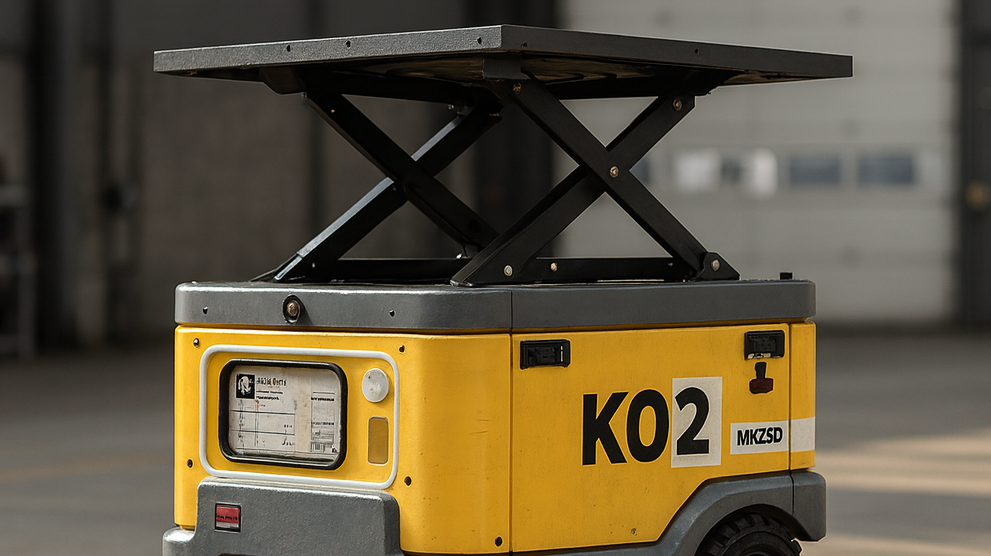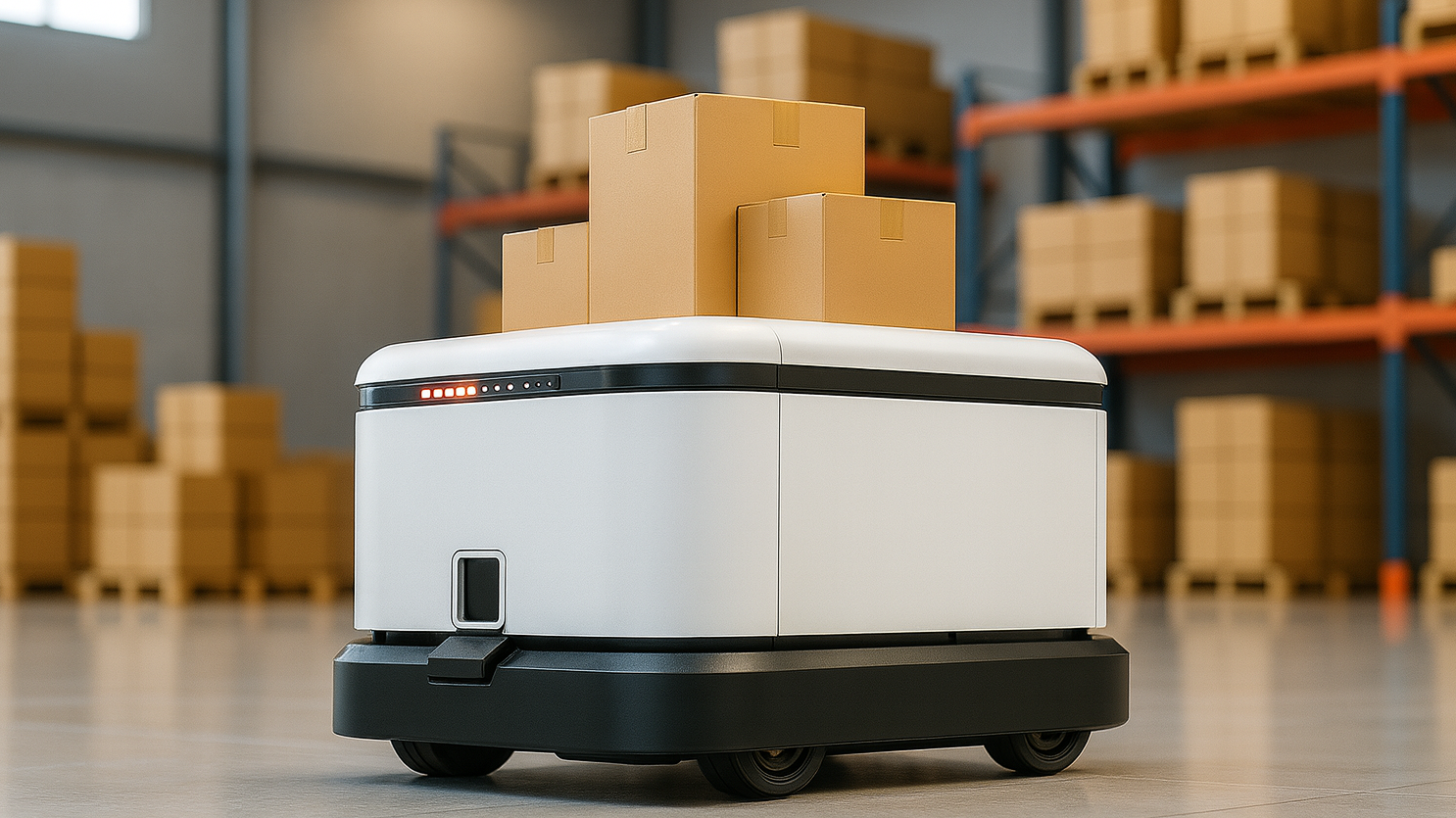How AGVs are Revolutionizing Material Handling in Manufacturing Facilities?
2024-04-13

Introduction
Automated Guided Vehicles (AGVs) are reshaping the landscape of material handling in manufacturing facilities worldwide. In the heart of the Fourth Industrial Revolution, where automation and digitalization are driving significant transformations, AGVs stand out as pivotal players in streamlining operations. This article explores the profound impact of AGVs on material handling processes within manufacturing facilities, elucidating their significance in enhancing efficiency, safety, and productivity.
Traditional Material Handling Challenges
In traditional manufacturing setups, material handling poses several challenges that impede operational efficiency. Manual labor-intensive processes, often prone to human error, contribute to safety concerns and operational inefficiencies. Workers are tasked with repetitive tasks, leading to fatigue and reduced productivity. Moreover, the reliance on manual labor limits the scalability and adaptability of material handling operations.
Understanding AGVs
AGVs are autonomous vehicles designed to transport materials within manufacturing facilities without the need for human intervention. These vehicles utilize a combination of sensors, navigation systems, and control algorithms to navigate predefined routes and perform tasks such as loading, unloading, and transporting materials. Various types of AGVs cater to different material handling needs, including unit load carriers, fork trucks, and tuggers. The integration of advanced technologies enables AGVs to operate efficiently in dynamic environments while ensuring safety and accuracy.
The Role of AGVs in Material Handling
AGVs play a multifaceted role in revolutionizing material handling processes in manufacturing facilities. By automating repetitive and labor-intensive tasks, AGVs enhance efficiency and productivity, allowing workers to focus on value-added activities. Moreover, AGVs reduce labor costs and mitigate safety risks associated with manual material handling operations. Their ability to optimize material flow and inventory management contributes to streamlined operations and improved resource utilization.
Advantages of AGVs in Manufacturing Facilities
The adoption of AGVs in manufacturing facilities offers a myriad of benefits, ranging from increased productivity to enhanced flexibility. These vehicles operate round-the-clock, significantly improving throughput and reducing cycle times. Their adaptability to changing workflows enables seamless integration into diverse production environments. Real-time data capture and analysis capabilities empower decision-makers with actionable insights, facilitating data-driven optimization of material handling processes.
Case Studies: Successful AGV Implementations
Numerous industries have embraced AGV technology to revolutionize their material handling operations. In the automotive sector, AGVs are widely utilized for transporting components between production lines, minimizing downtime and optimizing workflow efficiency. Similarly, electronics manufacturing facilities leverage AGVs for precise and efficient material delivery, ensuring timely production and assembly. In the food and beverage industry, AGVs facilitate the movement of raw materials and finished products, maintaining hygiene standards and minimizing contamination risks.
Challenges and Considerations in AGV Adoption
Despite their transformative potential, the adoption of AGVs in manufacturing facilities presents certain challenges and considerations. Initial investment costs, including the procurement of AGVs and infrastructure upgrades, may deter some organizations from embracing this technology. Moreover, integrating AGVs with existing systems and workflows requires careful planning and coordination to ensure seamless operation. Maintenance and support requirements also need to be addressed to sustain the long-term viability of AGV deployments.
Future Trends in AGV Technology
The evolution of AGV technology continues to drive innovation in material handling automation. Advancements in artificial intelligence and machine learning are enhancing the intelligence and autonomy of AGVs, enabling them to adapt to dynamic environments and unforeseen obstacles. Collaborative robots (cobots) are emerging as a complementary solution, facilitating human-robot collaboration in material handling tasks. Furthermore, the integration of AGVs with Industry 4.0 technologies, such as IoT and cloud computing, promises to revolutionize manufacturing operations, ushering in an era of interconnected and intelligent production systems.
Conclusion
In conclusion, AGVs represent a paradigm shift in material handling within manufacturing facilities, offering unprecedented levels of efficiency, safety, and flexibility. As organizations strive to optimize their operations in an increasingly competitive landscape, AGVs emerge as indispensable allies in achieving operational excellence. With ongoing advancements in technology and a growing emphasis on automation, the future of material handling is undoubtedly intertwined with the continued evolution of AGV technology. Embracing AGVs today positions manufacturing facilities for success tomorrow, driving innovation and competitiveness in the global marketplace.





